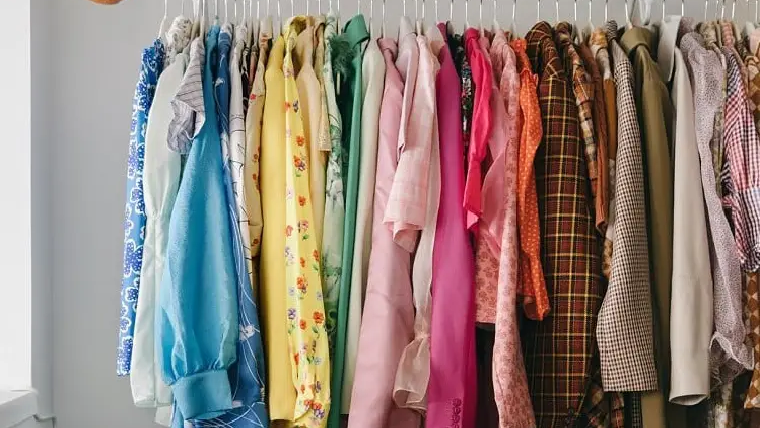Ancient Civilizations: Foundations of Fashion
Mesopotamia and Egypt
The earliest Western fashion can be followed back to Mesopotamia and Egypt, where apparel was both utilitarian and representative. Mesopotamians wore kaunakes, a sort of skirt produced using sheepskin, while Egyptians inclined toward material pieces of clothing because of the blistering environment. The shandy (a kilt-like piece of clothing) and kalasiris (a long dress) were normal, enhanced with gems to imply societal position and strict connection.
Greece and Rome
In old Greece, clothing was basic and exquisite, with articles of clothing like the chiton (a sort of tunic) and himation (a shroud). The Roman design was acquired vigorously from Greek styles yet presented the robe, a piece of clothing selected for Roman residents, representing their status and job in the public eye.
The Middle Ages: Function Meets Faith
Early Medieval Fashion
The early archaic period saw the impact of the Byzantine Realm, where lavishly enhanced silk pieces of clothing were famous among the tip-top. Normal people wore less difficult tunics and tights produced using fleece and material.
High and Late Middle Ages
Style in the High and Late Medieval times turned out to be more intricate, with the presentation of fitted pieces of clothing and the utilization of buttons. Men’s tunics became more limited, and ladies’ outfits included long trains and elaborate sleeves. Sumptuary regulations directed dress because of social class, accentuating the association between design and social order.
The Renaissance: Rebirth of Fashion
Italian Renaissance
The Renaissance denoted a sensational change in design, stressing distinction and richness. Italian design drove the way with sumptuous textures like velvet, silk, and brocade. Men’s doublets and hose became popular, while ladies wore outfits with tight bodices and full skirts, frequently enhanced with multifaceted weaving and gems.
Northern Renaissance
In Northern Europe, design was impacted by the colder environment, prompting the fame of fur-lined articles of clothing and weighty textures. The Tudor court in Britain set precedents with intricate dresses, highlighting puffed sleeves, ruffs, and farthingales (band skirts).
The Baroque and Rococo Eras: Extravagance and Elegance
Baroque Fashion
The Rococo time frame, spreading over the seventeenth 100 years, is portrayed by emotional and fancy design. Men wore elaborate coats, petticoats, and breeches, frequently with trim and weaving. Ladies’ style included wide skirts upheld by panniers, tight bodices, and low neck areas.
Rococo Fashion
The Rococo era, which followed in 18th-century Western fashion, brought lighter, more playful styles. Pastel colors, floral patterns, and delicate fabrics became fashionable. The robe à la française, with its flowing back pleats and wide skirts, epitomized Rococo elegance.
The 19th Century: Industrial Revolution and Changing Silhouettes
Early 19th Century: Regency Fashion
The mid-nineteenth century saw a takeoff from the luxurious styles of the past, impacted by the traditional standards of the Regime time frame. Ladies’ style included high-waisted dresses with straightforward lines, while men’s design turned out to be more stifled, with tailcoats and breeches giving way to pants.
Victorian Fashion
The Victorian time was set apart by a re-visitation of plushness and intricacy. Ladies’ design saw the ascent of the crinoline (a banded skirt), trailed by the clamor, making sensational outlines. Men’s designs included gown coats, petticoats, and formal hats, with an emphasis on fitting and fit.
The 20th Century: Modernity and Innovation
Early 20th Century: Edwardian to the 1920s
The mid-twentieth century saw huge style changes. The Edwardian time frame (1901-1910) included the S-twist bodice and streaming skirts. The 1920s, or the Thundering Twenties, achieved unrest with the flapper dress, portrayed by its dropped midsection and knee-length hemline, representing ladies’ freshly discovered opportunity.
Mid-20th Century: The War Years and Post-War Fashion
World War II had a profound impact on Western fashion, with fabric rationing leading to simpler, more practical clothing. The post-war era saw the rise of Christian Dior’s “New Look,” which reintroduced femininity with cinched waists and full skirts. The 1960s brought about bold, youthful styles, including miniskirts and modern fashion.
Late 20th Century: Diversity and Subcultures
The late twentieth century saw the enhancement of style, impacted by different subcultures. The 1970s embraced bohemian styles and disco design, while the 1980s were known for strong, overstated outlines, for example, shoulder braces and power suits. The 1990s presented grit design, portrayed by easygoing, layered looks.
The 21st Century: Globalization and Digital Influence
The 21st century has been set apart by the globalization of style, with patterns spreading quickly through computerized media. Practical and moral style has become progressively significant, close by the ascent of quick design. The mixing of streetwear and high style, as well as the impact of online entertainment powerhouses, keeps on forming the unique scene of Western design today.




